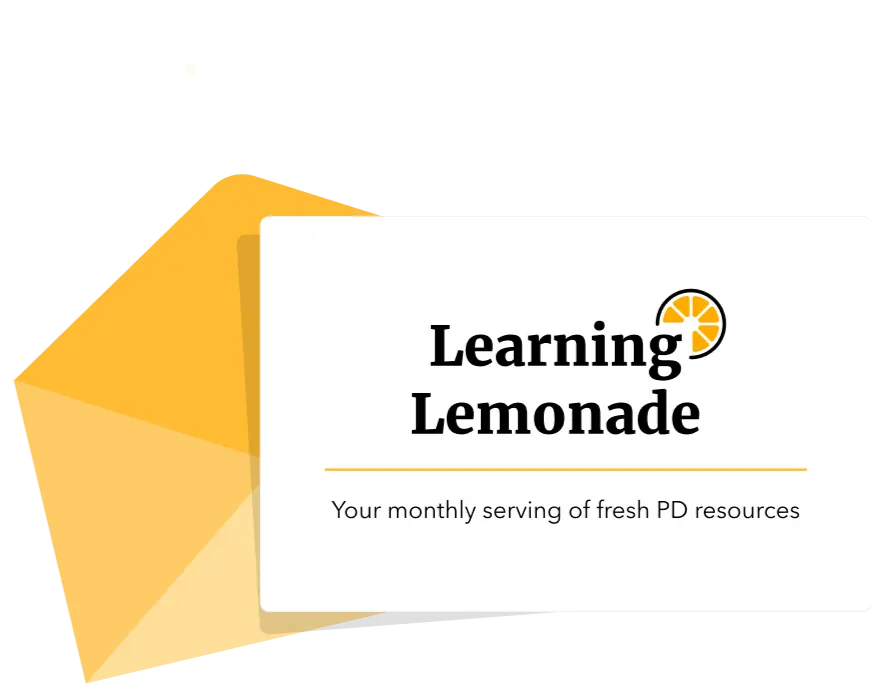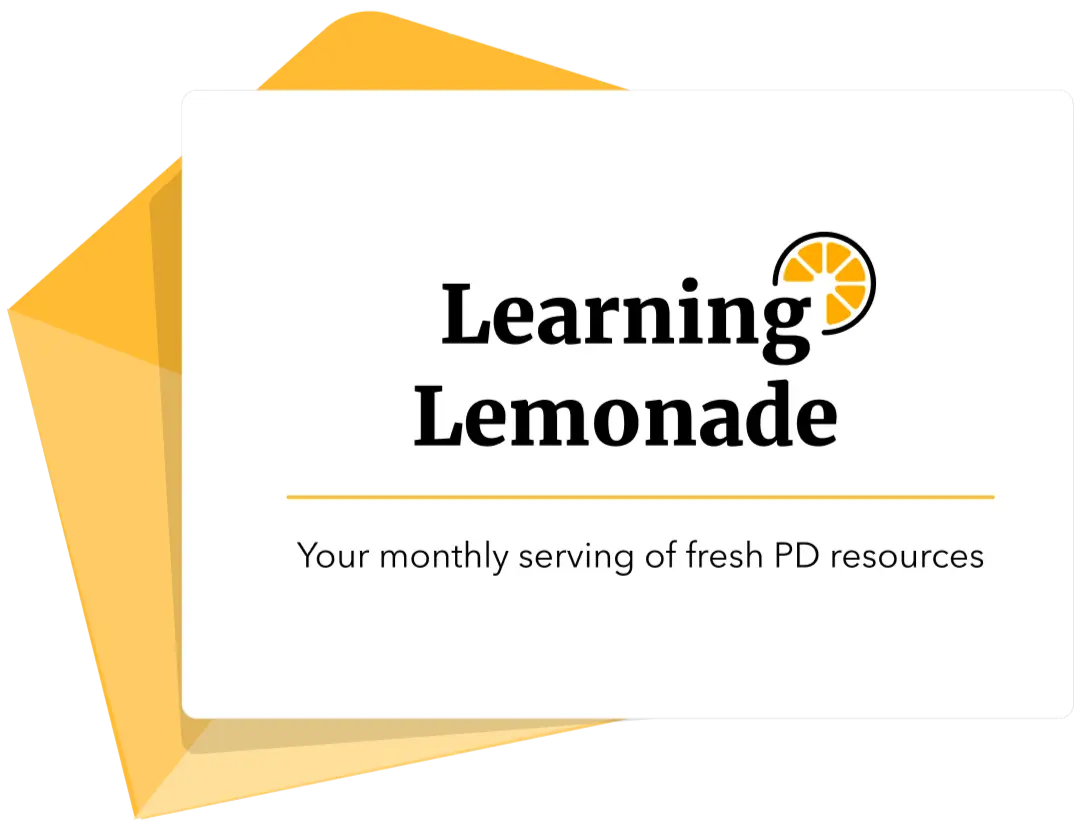Designing Unit Plans | First steps for MYP candidate schools
The MYP unit planner is quite literally at the heart of all teaching and learning. As a candidate school, the unit planner is possibly one of the first big things you would try and unpack with your teaching teams. The MYP unit planner is designed to help teachers craft units that incorporate the IB Approaches to teaching. As such, MYP unit plans are important evidence of how teachers are adopting IB pedagogy, especially key & related concepts, global contexts, inquiry, and authentic assessment. Although terms like global contexts and statements of inquiry may be new to you and your colleagues, they support teaching strategies that may already be in use at your school. We have curated some guidance and resources to help you make sense of some of the key features of MYP unit plans.
What you’re required to produce for authorization
Schools must submit at least one MYP unit per subject at the time of authorisation. Eventually, the school will be expected to have all units documented in the unit planning template provided by the IB, so it’s a good idea to get all teachers involved and familiarised with the same.
Resources you can get started with
You can refer to the unit planning section of Getting Started with the MYP guide for general information and the Visual Subject Guides for subject-specific information.
Suggested professional development activities
Here are some ideas for activities you and your teaching teams can engage in to get to grips with unit planning. You’ll find a mix of collaborative as well as individual activities suggested here; choose the ones that best fit your needs and schedules!
| Topic | Format | Outline |
| Unpacking the statement of inquiry | Individual/ Asynchronous/ Collaborative | Watch this video or read the blog. Find the Statement of Inquiry for each of the two Example units in the Visual Guide for a subject that you teach. Reflect: How does the statement of inquiry promote a conceptual understanding of the topic? How does the statement of inquiry promote the application of a conceptual understanding in a real-world context? |
| Getting to know the key & related Concepts | Collaborative | Access the Pick-a-Pic playbook and the Key Concept Posters. Play the Matching game (page 13 of the Pick-a-pic resource), working in small groups of teachers that represent different subject areas. Working in subject teams, teachers brainstorm a list of topics in their subject, writing each topic on a separate sticky note. Repeat the matching game, but this time instead of matching pictures to concepts, teachers match topics to concepts. Reflect: How do the key concepts help students make connections between topics? |
| Developing a conceptual understanding | Individual | Identify a topic for which you would like to develop an MYP unit. Watch this video once through to get an overview. Repeat the video, pausing at each step to develop a statement of conceptual understanding for your chosen unit. |
| Getting to Know the Global Contexts | Collaborative | Print a copy of the Global Context posters for each subject teamWorking in subject teams, teachers brainstorm a list of topics in their subject, writing each topic on a separate sticky noteTeachers then sort the topics by sticking each one onto the global context poster that is most relevant to the topic. Reflect: How can the global contexts help students appreciate the relevance of what they study in our subject? Teachers then organise into new groups: one for each global context, bringing the poster for their global context with them (ie, the scientific and technical innovation group will have posters with topics from each of the 8 subject groups). Reflect: How can different disciplinary perspectives help students develop a deeper understanding of the global contexts? |
This blog is part of a series designed especially for candidate MYP schools. Click here to view the complete series!
Other resources you might like to explore:












